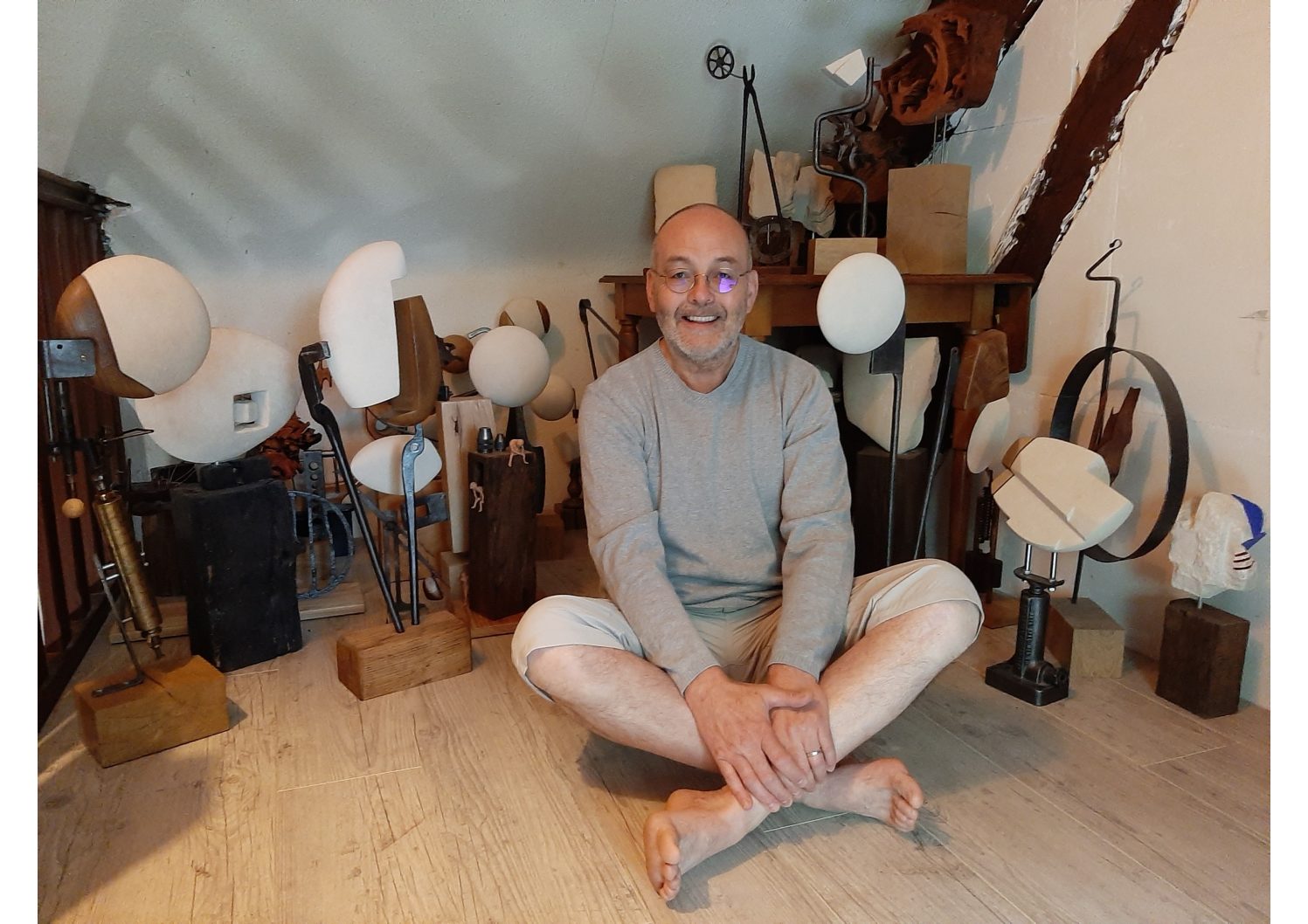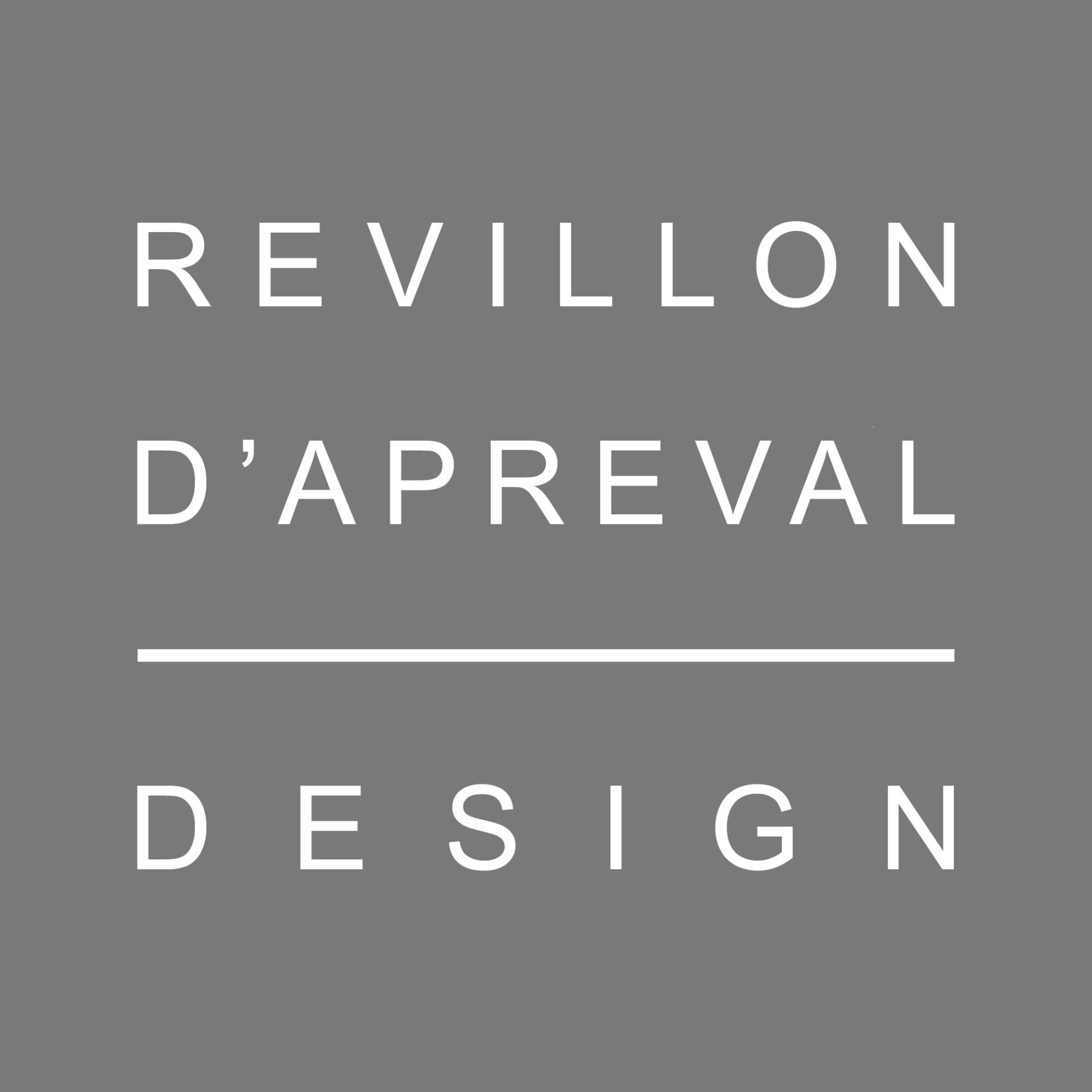Pascal Le Berre
Pascal Le Berre
Né le 13/12/1959
Breton de souche et de coeur, demeurant en Normandie.
Formation d’historien, Université de Brest.
Professeur d’histoire-géographie, puis Principal de collège.
Auteur et réalisateur de nombreux documentaires d’histoire des arts.
Parallèlement, j’ai mené une activité, d’abord en dilettante, puis de manière soutenue, de sculpture. C’est aujourd’hui mon activité principale.
Ma démarche est résolument minimaliste, fondée sur le principe de la récupération: vieux outils, parfois d’usage inconnu, bois de charpente, pierre de construction, plus particulièrement la pierre de Caen.
Mettre en présence ces matériaux, les assembler, c’est d’abord rechercher l’essence de la matière, dans leur forme la plus épurée.
C’est aussi dialoguer avec les artisans d’autrefois, qui ont forgé, martelé le métal, raboté, mortaisé, poncé le bois.
C’est encore se confronter à l’écoulement et à la concordance des temporalités: le temps géologique au secret de la pierre, le temps biologique des insectes mangeurs de bois, le temps laborieux de l’ouvrier du passé, le temps immémorial de l’artiste premier, l’inventeur du signe.
Rechercher la forme pure, puis rompre cette pureté par l’empreinte, la coupure, la balafre. Tenter de retrouver l’inspiration du signe premier.
Marier dans l’objet la géographie et l’histoire, conjuguer le contemporain et l’intemporel,
Accomplir un geste… contemporel, en quelque sorte.
Mais conserver le recul nécessaire: ne jamais se prendre trop au sérieux.
Born on 13/12/1959
Breton by stock and heart, living in Normandy.
Historian training, University of Brest.
Professor of history and geography, then Principal of a college.
Author and director of numerous art history documentaries.
At the same time, I carried out an activity, first as a dilettante, then in a sustained manner, of sculpture. It is now my main activity.
My approach is resolutely minimalist, based on the principle of recovery: old tools, sometimes of unknown use, structural timber, building stone, more particularly stone from Caen.
Bringing these materials together, putting them together means first of all looking for the essence of the material, in their purest form.
It is also to dialogue with the craftsmen of the past, who forged, hammered metal, planed, mortised, sanded wood.
It is also to confront the flow and the concordance of temporalities: geological time in the secret of stone, the biological time of wood-eating insects, the laborious time of the worker of the past, the time immemorial of the first artist, the inventor of the sign.
To seek the pure form, then to break this purity by the imprint, the cut, the scar. Trying to find the inspiration of the first sign.
Combine geography and history in the object, combine the contemporary and the timeless,
Make a gesture … contemporary, in a way.
But keep the necessary perspective: never take yourself too seriously.
Créations / Works
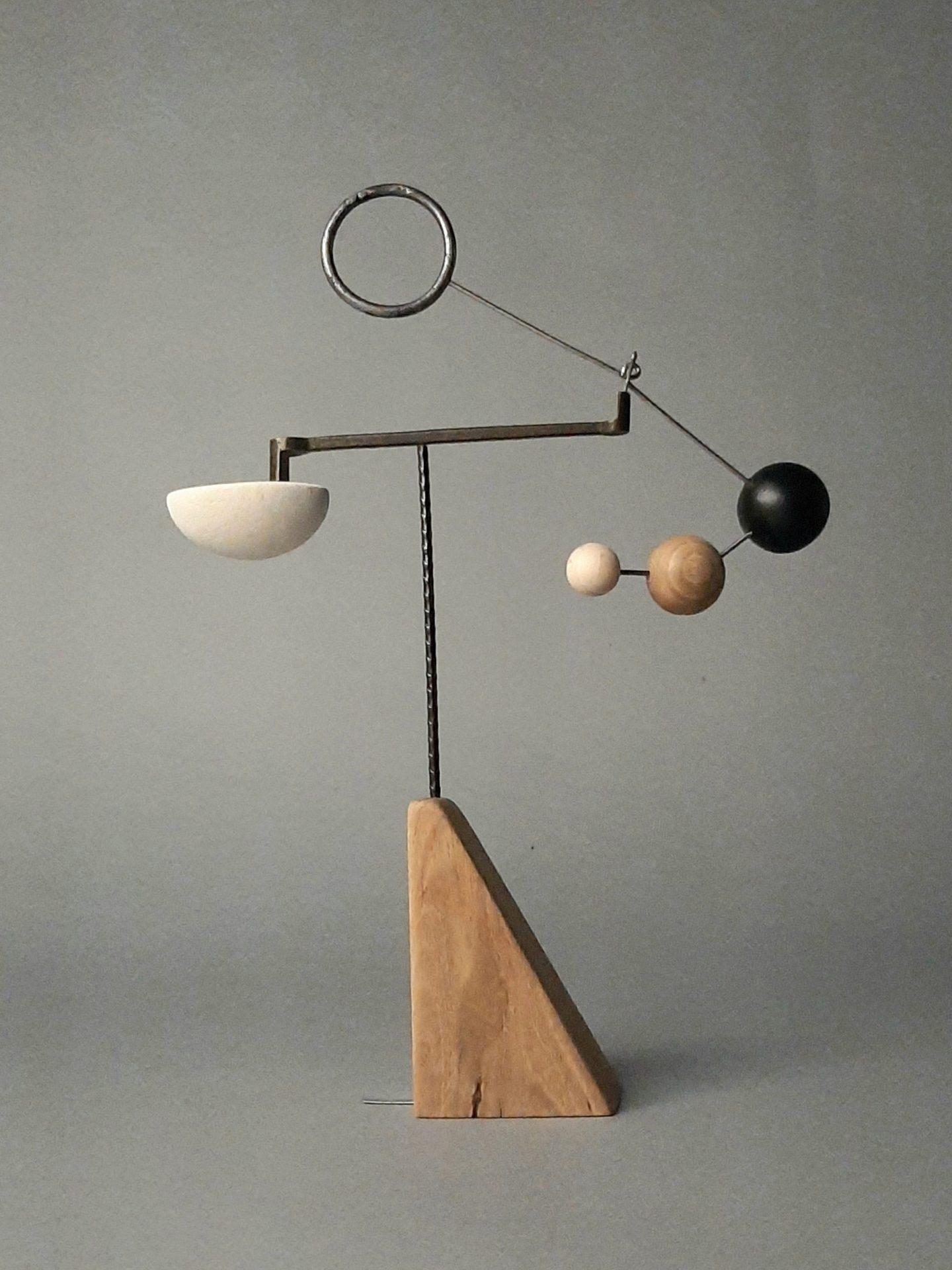
LA MARQUISE RECOIT A CINQ HEURES
Objets / Objects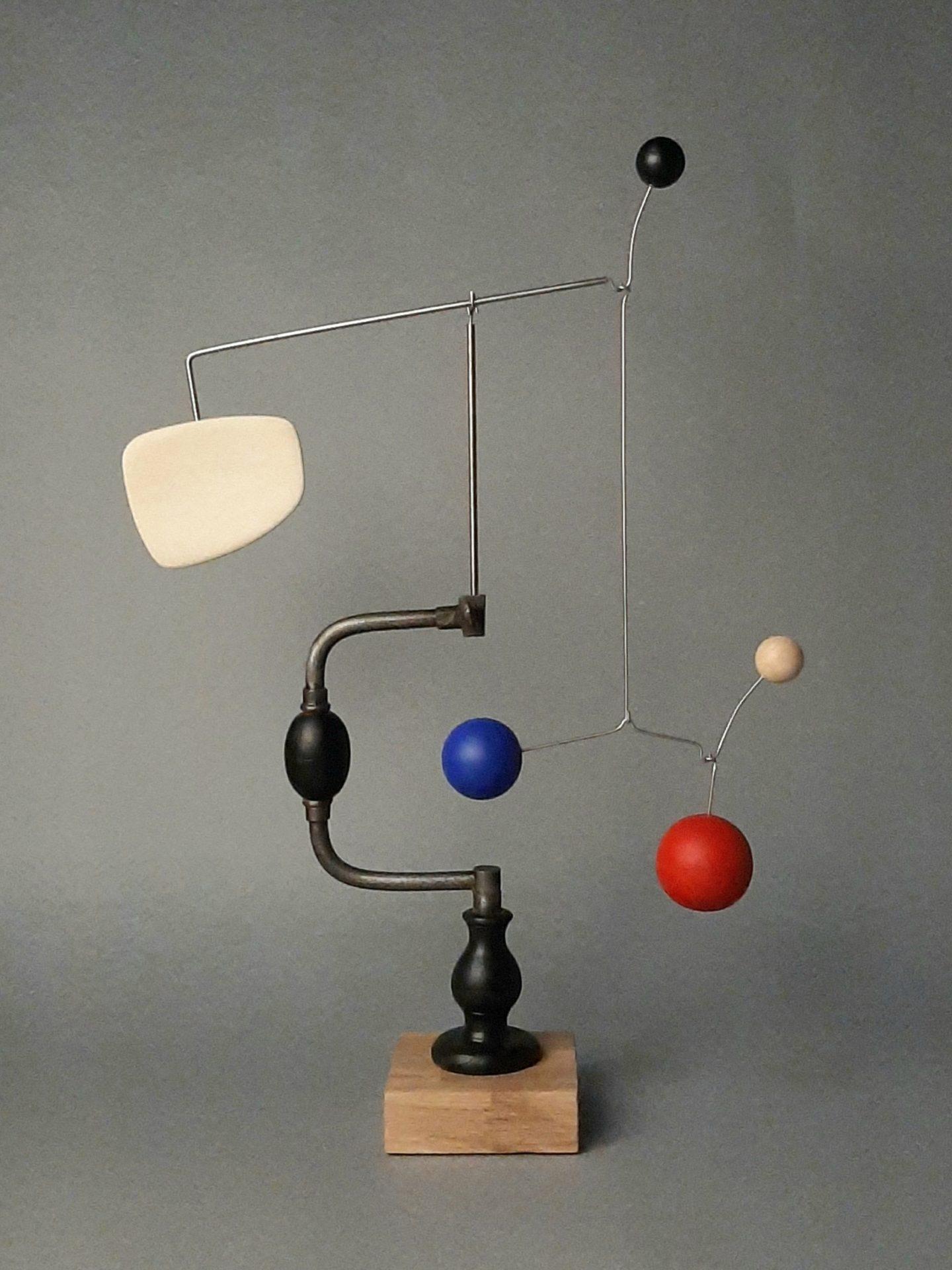
ET AU MILIEU BRANDILLE LA BLEUE
Objets / Objects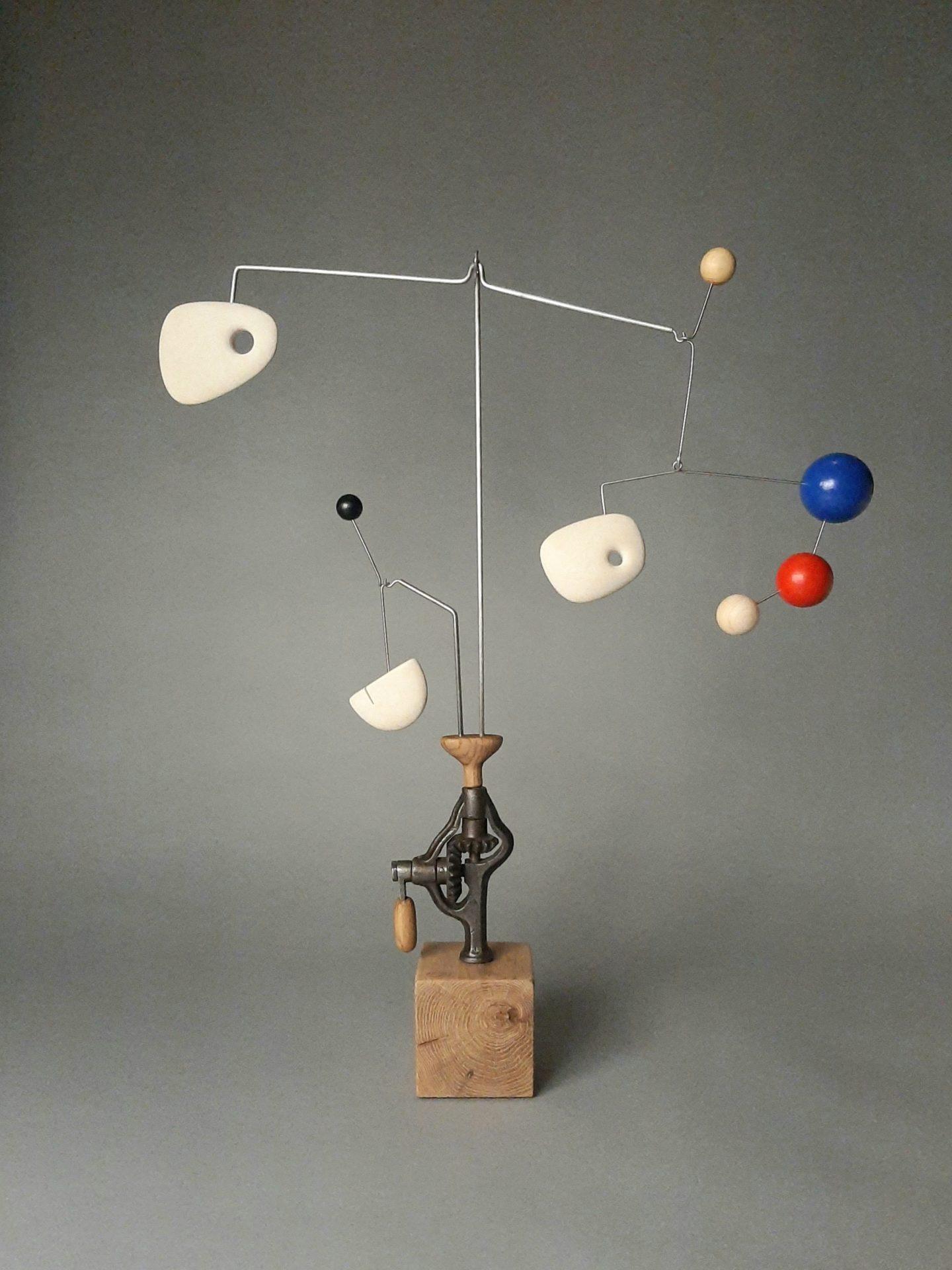
DANCING IN THE SUN
Objets / Objects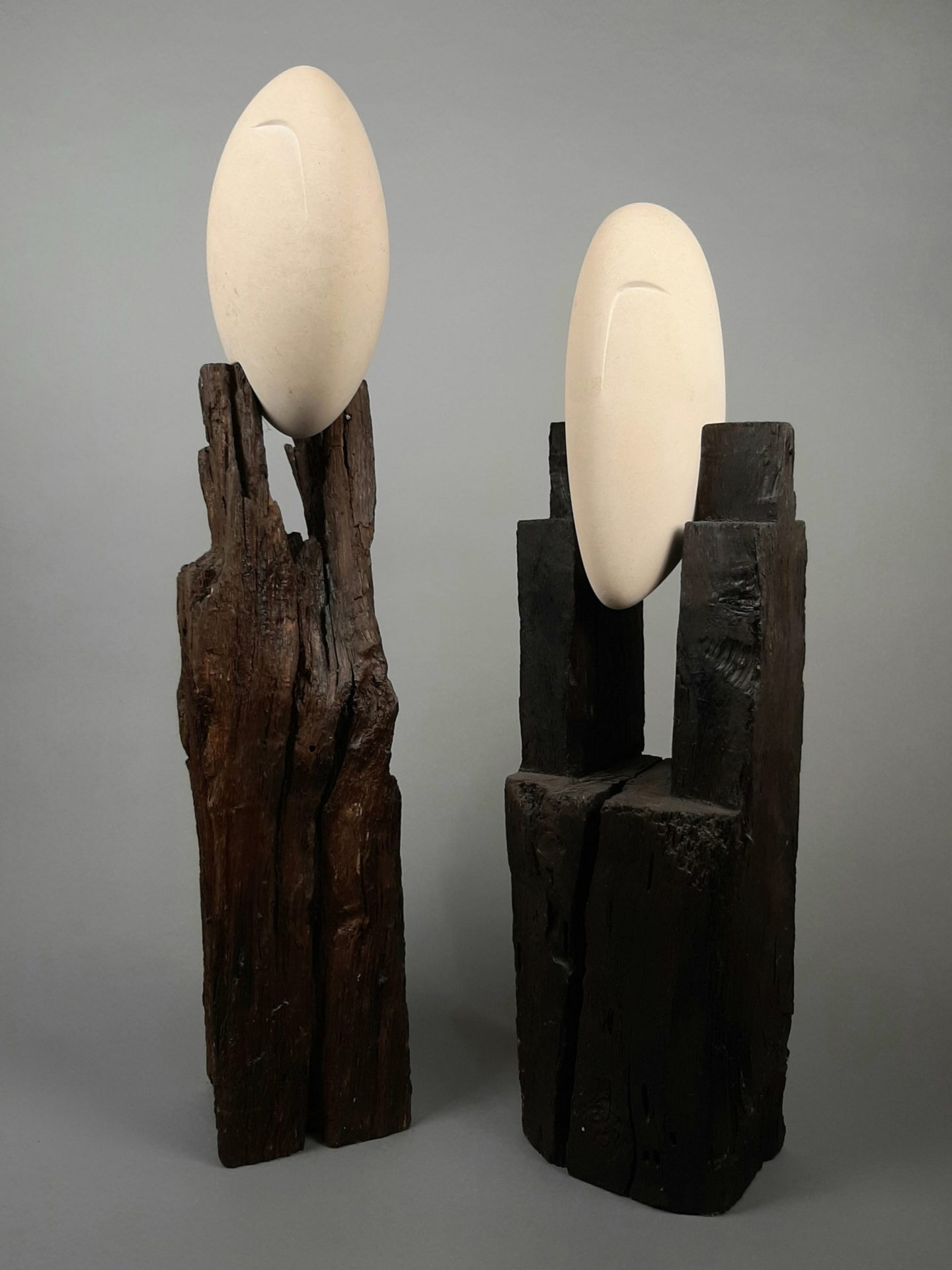
ET TU GOUVERNES TOUT ET NE REPONDS DE RIEN
Objets / Objects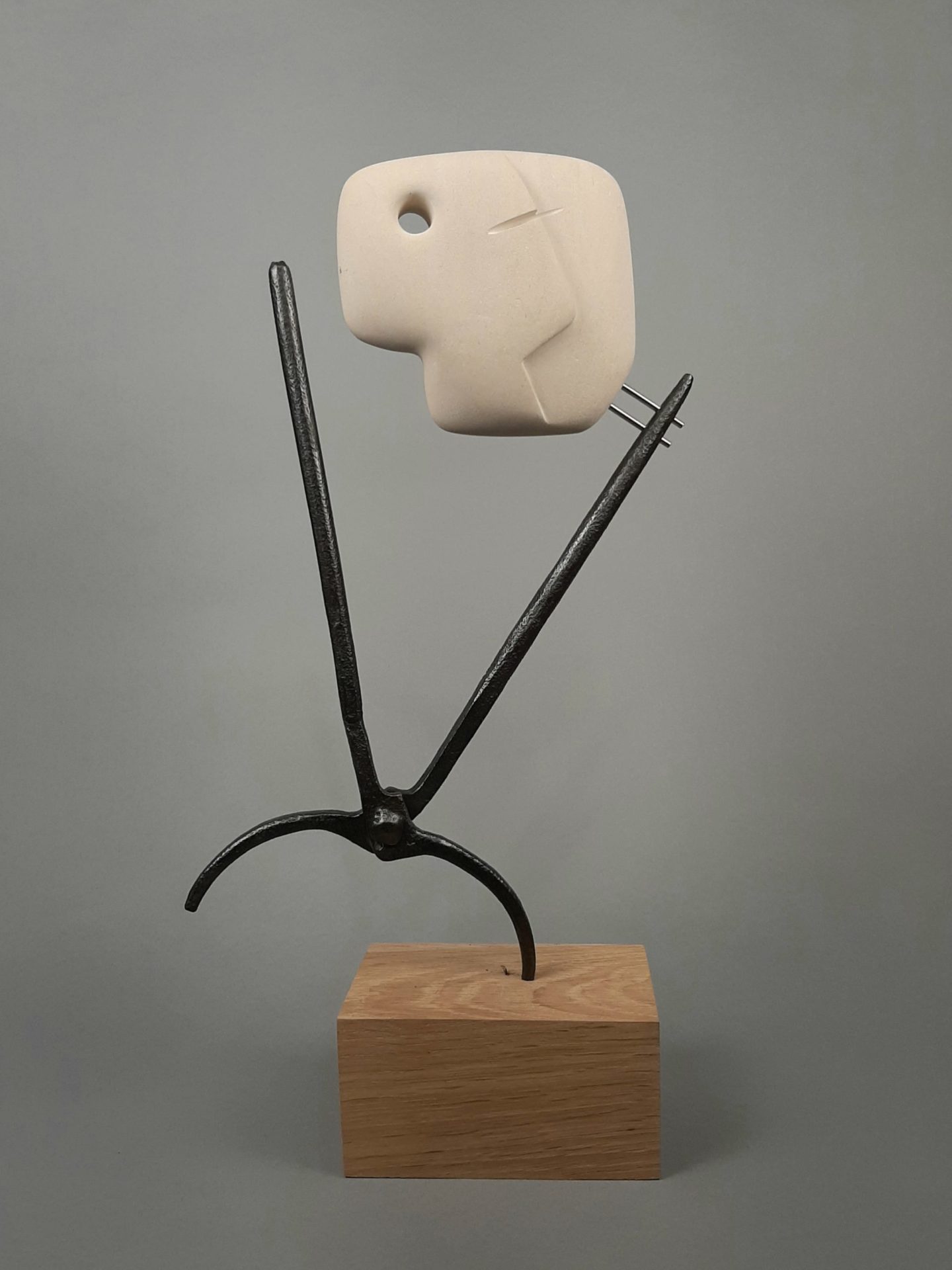
PIERRE, PAPIER, CISEAUX
Objets / Objects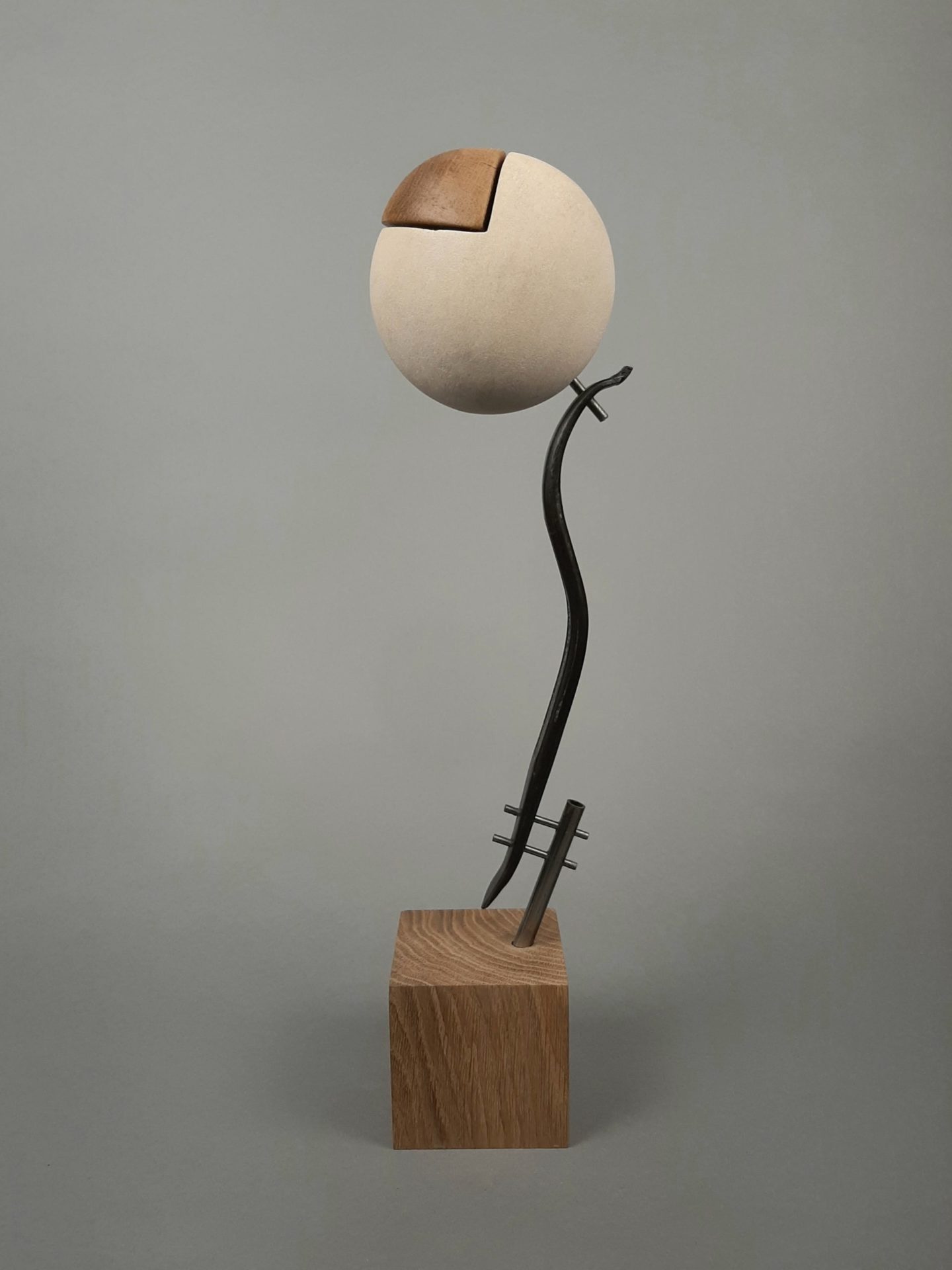
EN PASSANT, SUR LE PONT DES ARTS
Objets / Objects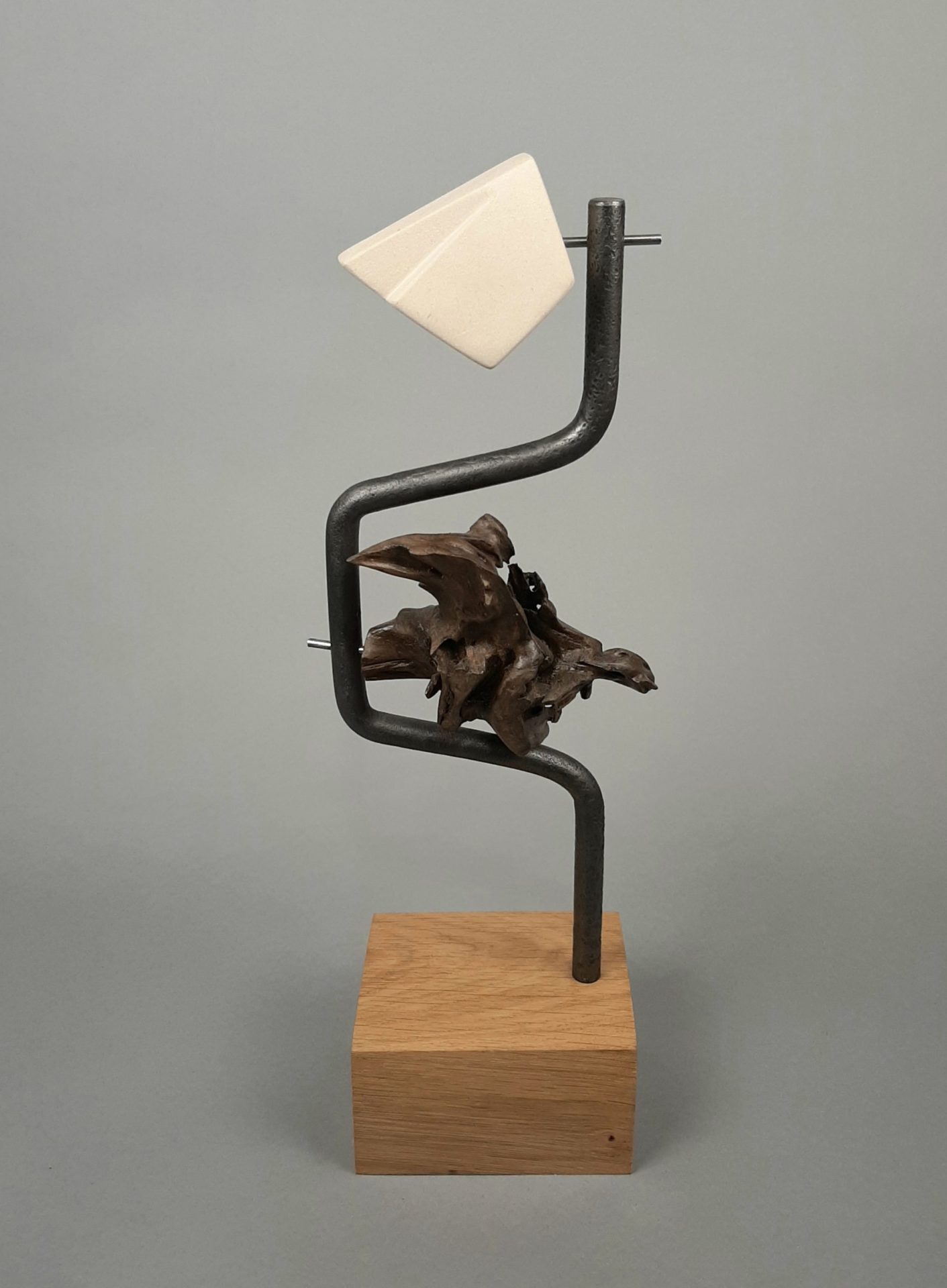
ATTRAPE-MOI SI TU PEUX
Objets / Objects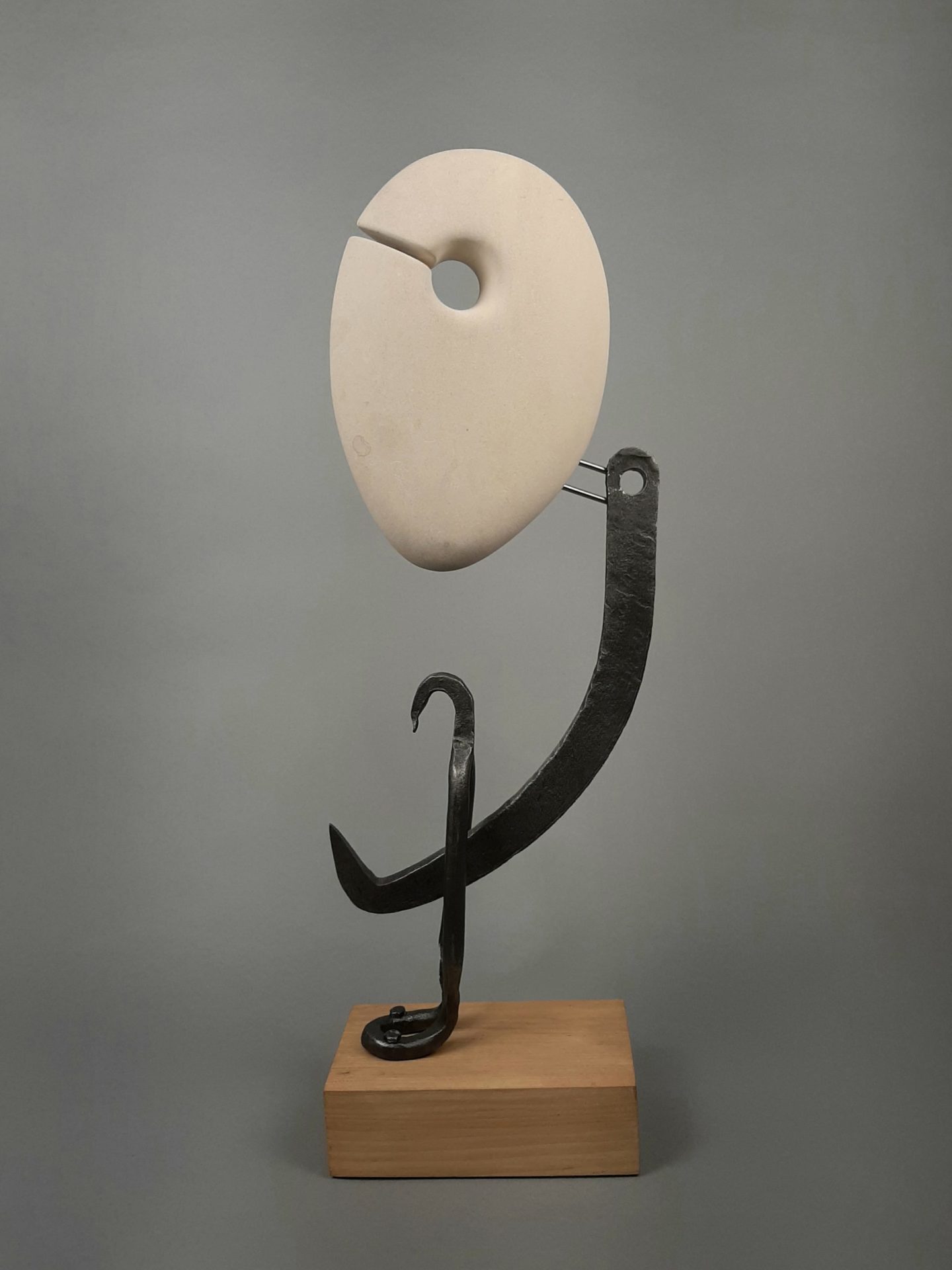
JOUE AVEC MOI
Objets / Objects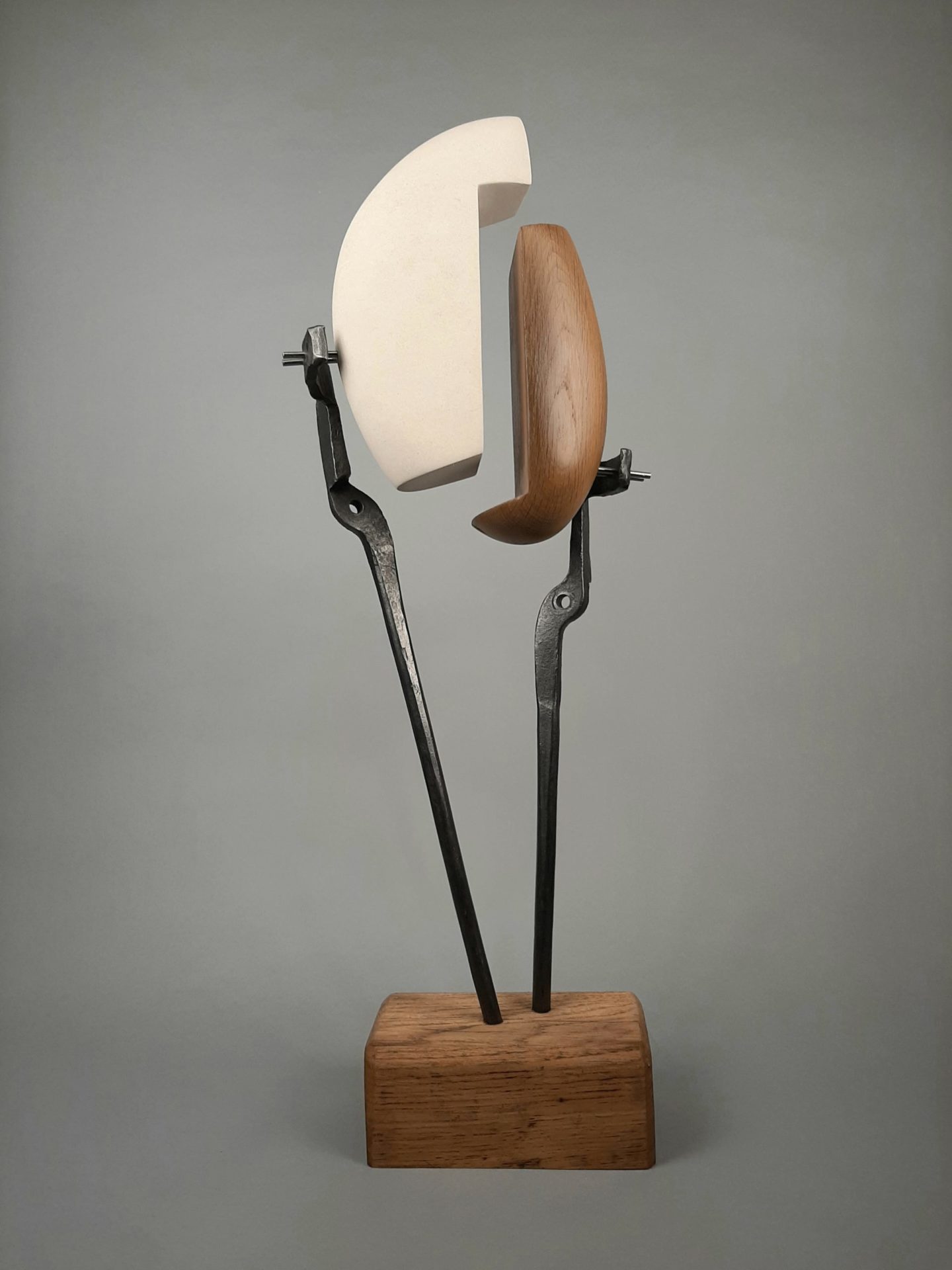
DERIVE DES CONTINENTS
Objets / Objects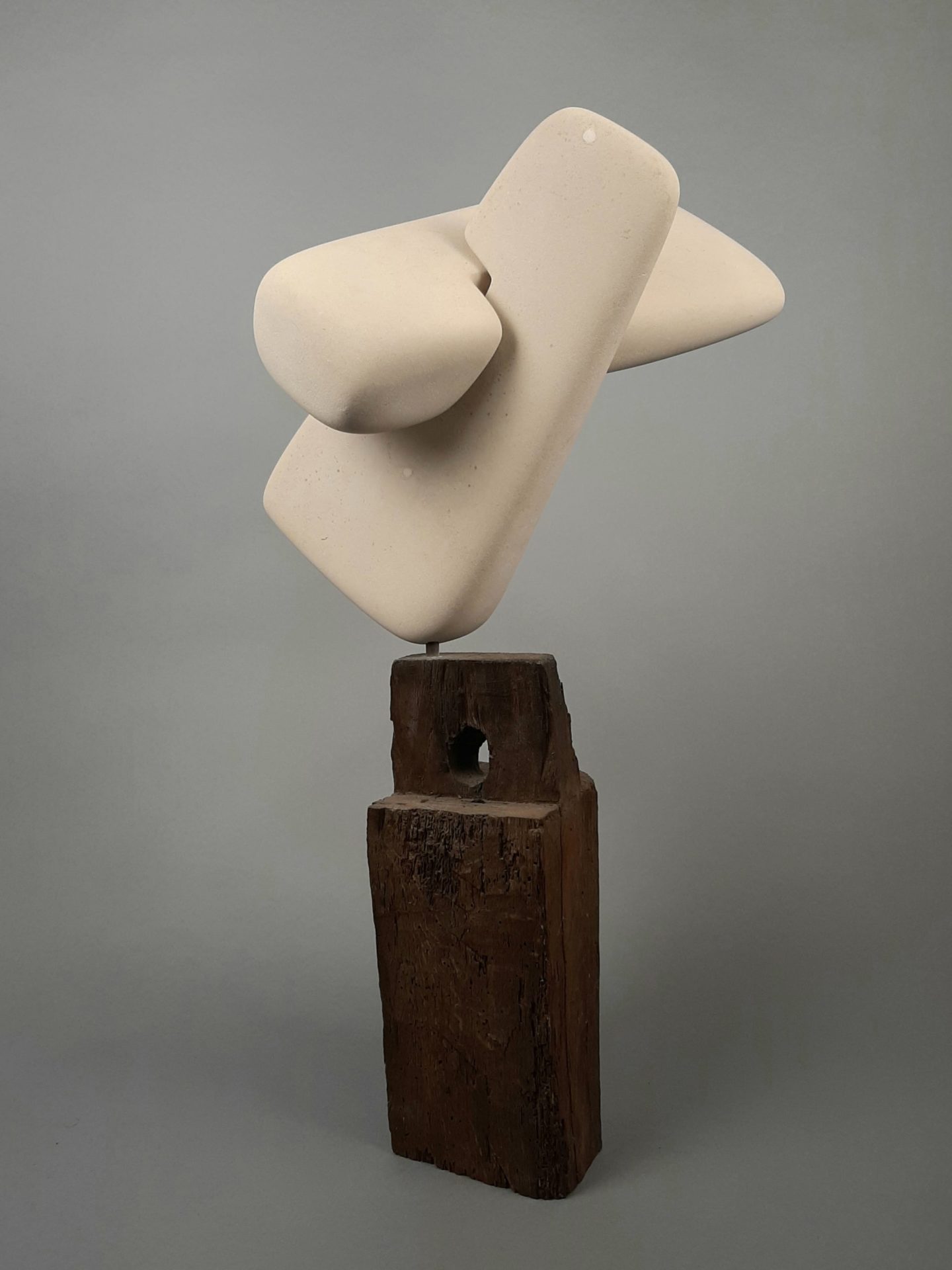
NOUS SOMMES BIEN FAITS L’UN POUR L’AUTRE
Objets / Objects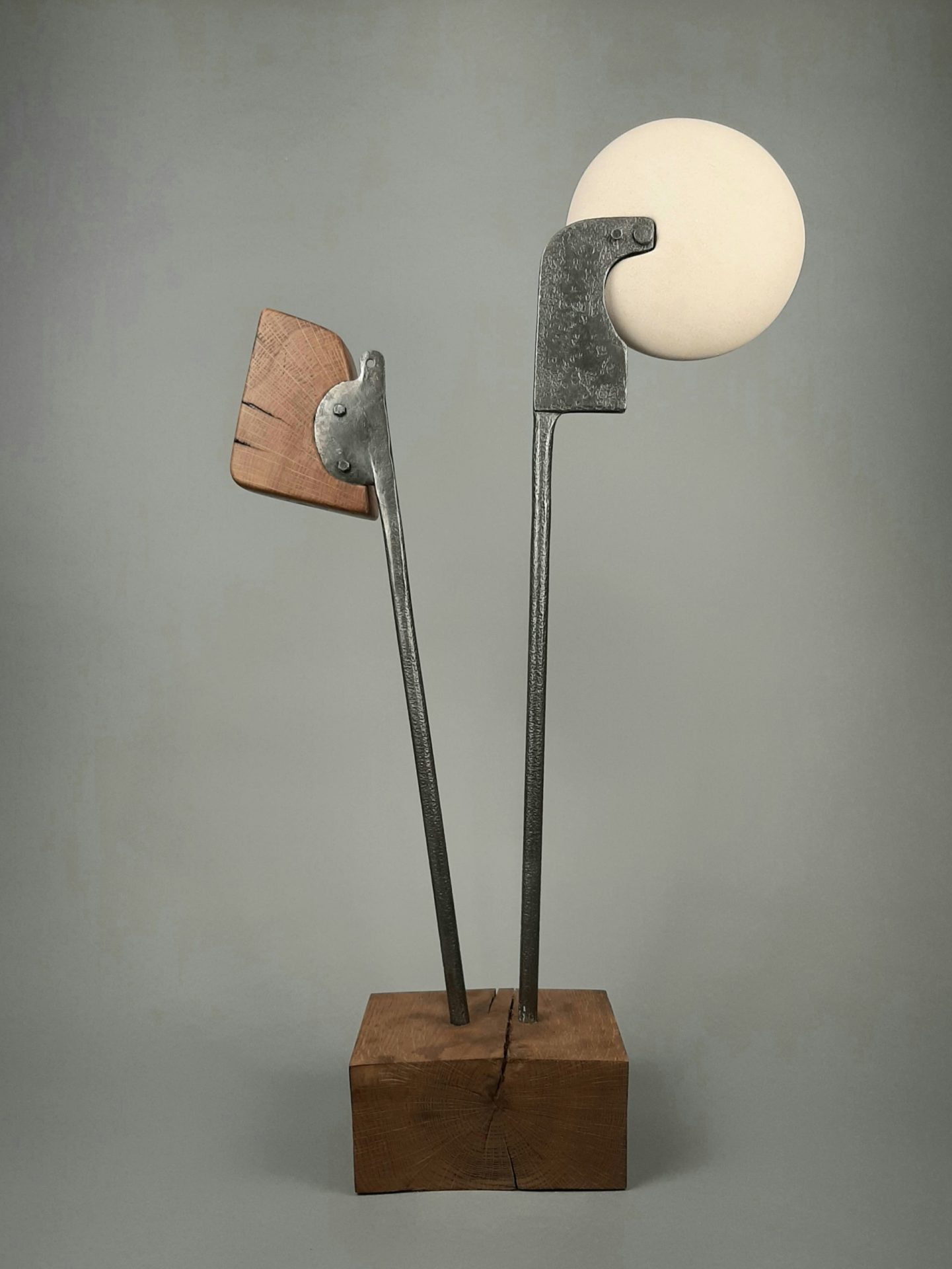
VLADIMIR ET ESTRAGON
Objets / Objects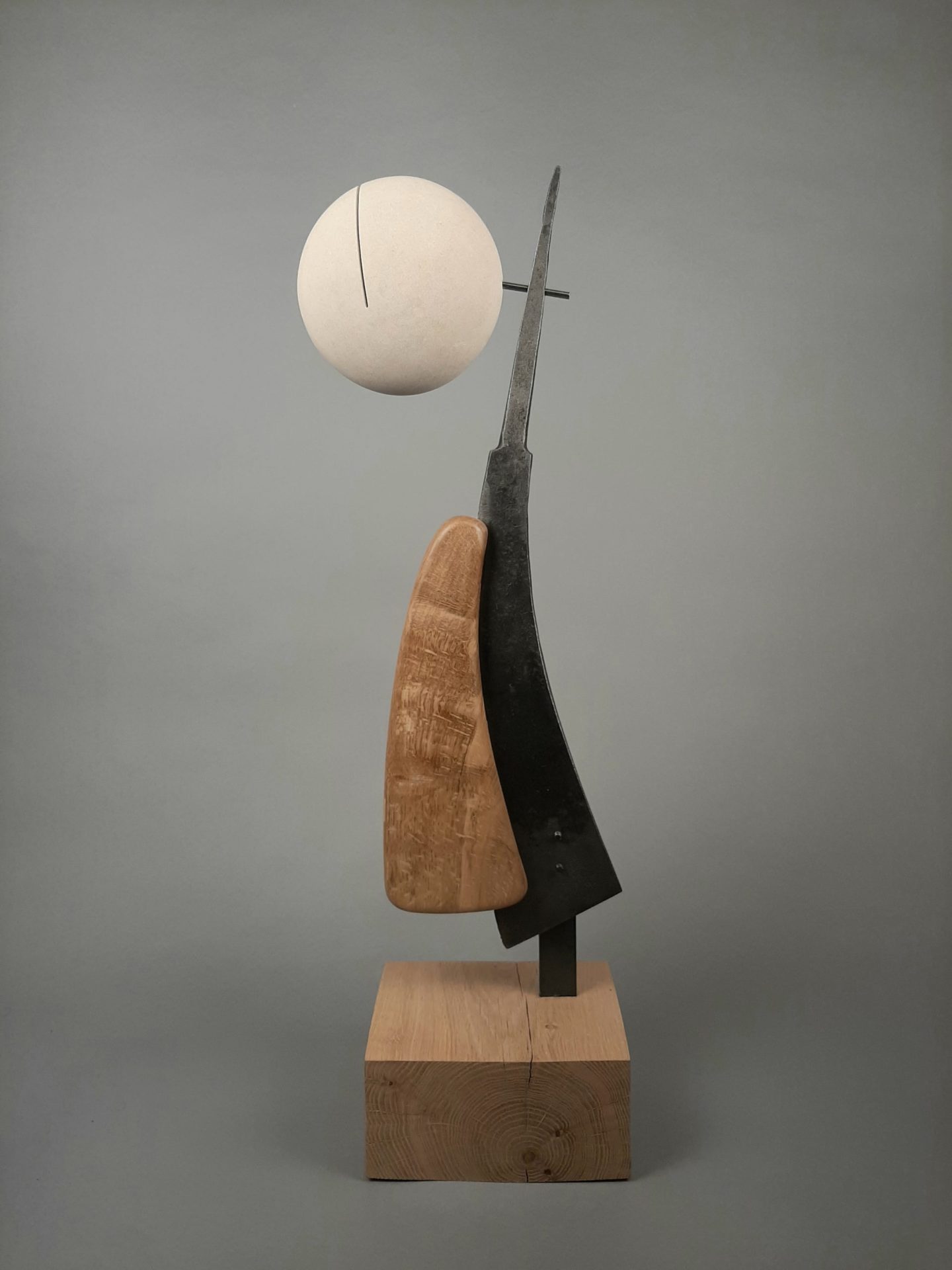
EN PASSANT SUR LE CHAMPS DE MARS
Objets / Objects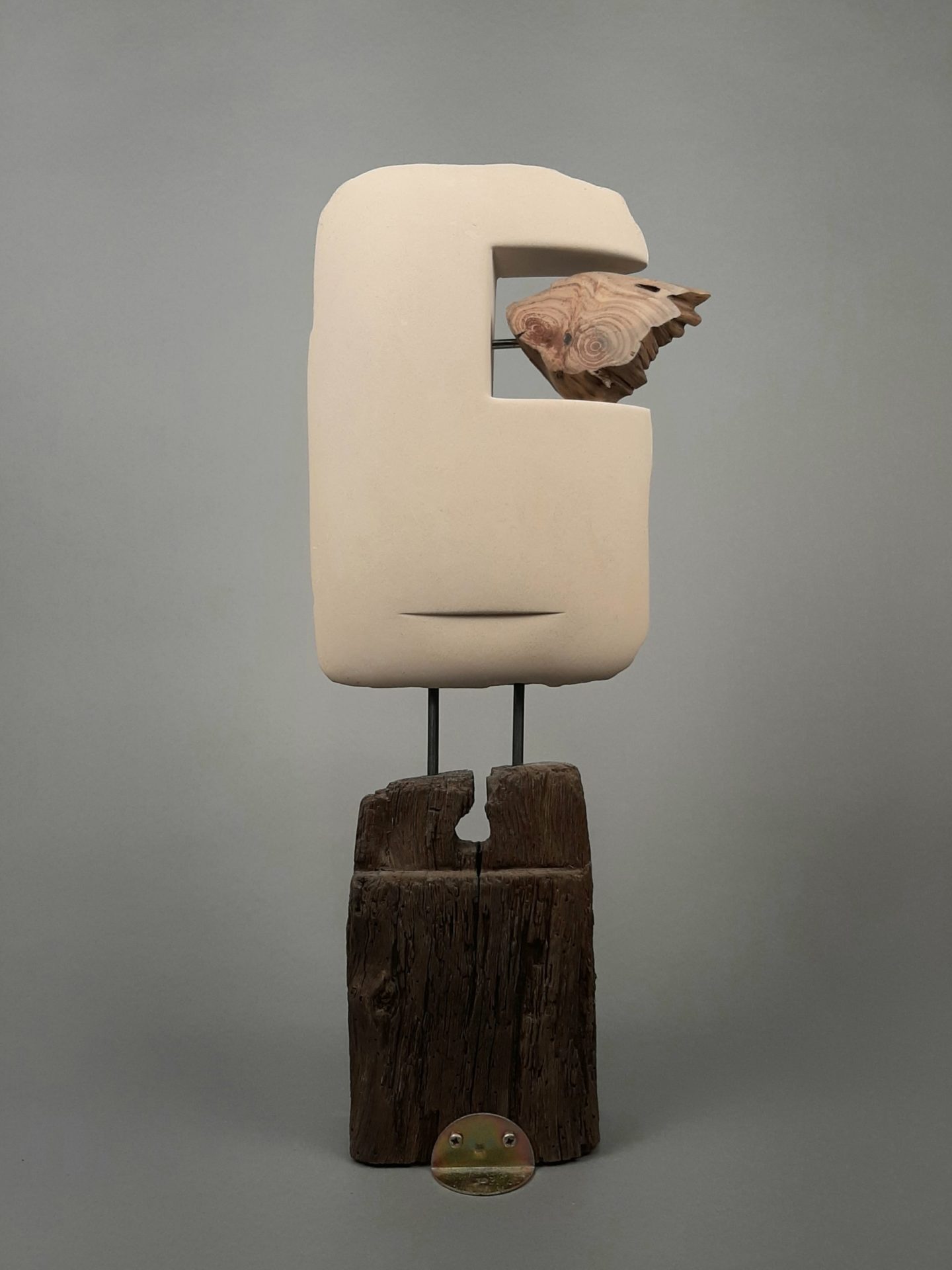
MIROIR MON BEAU MIROIR
Objets / Objects